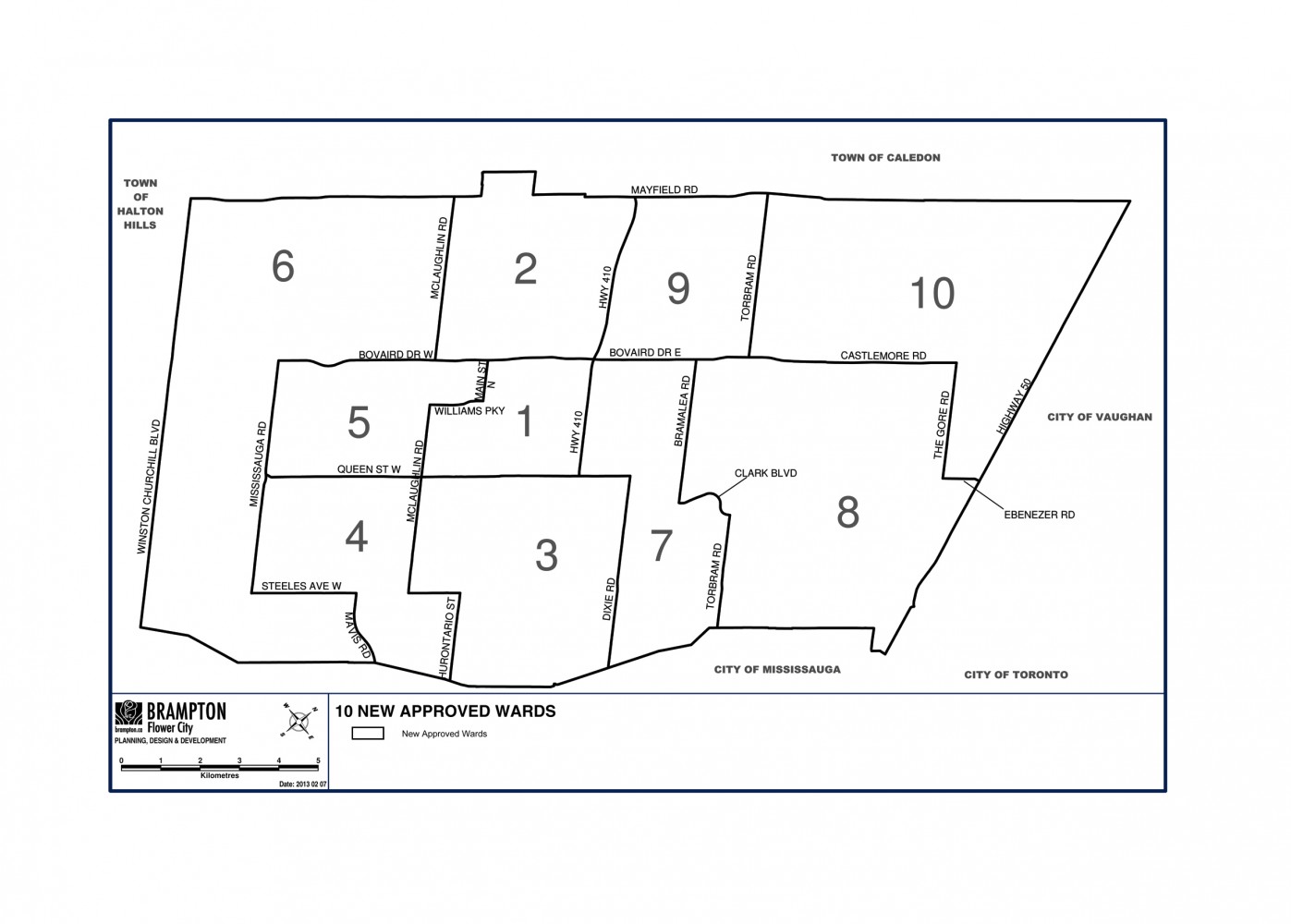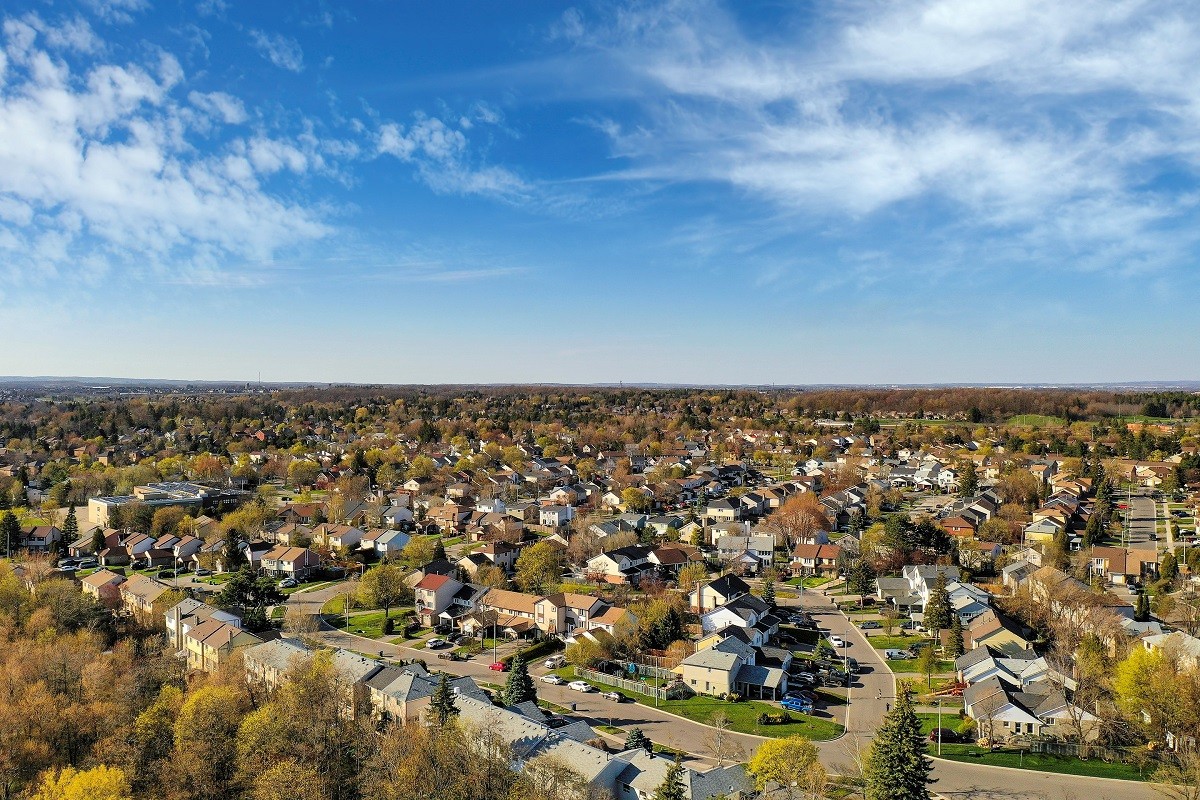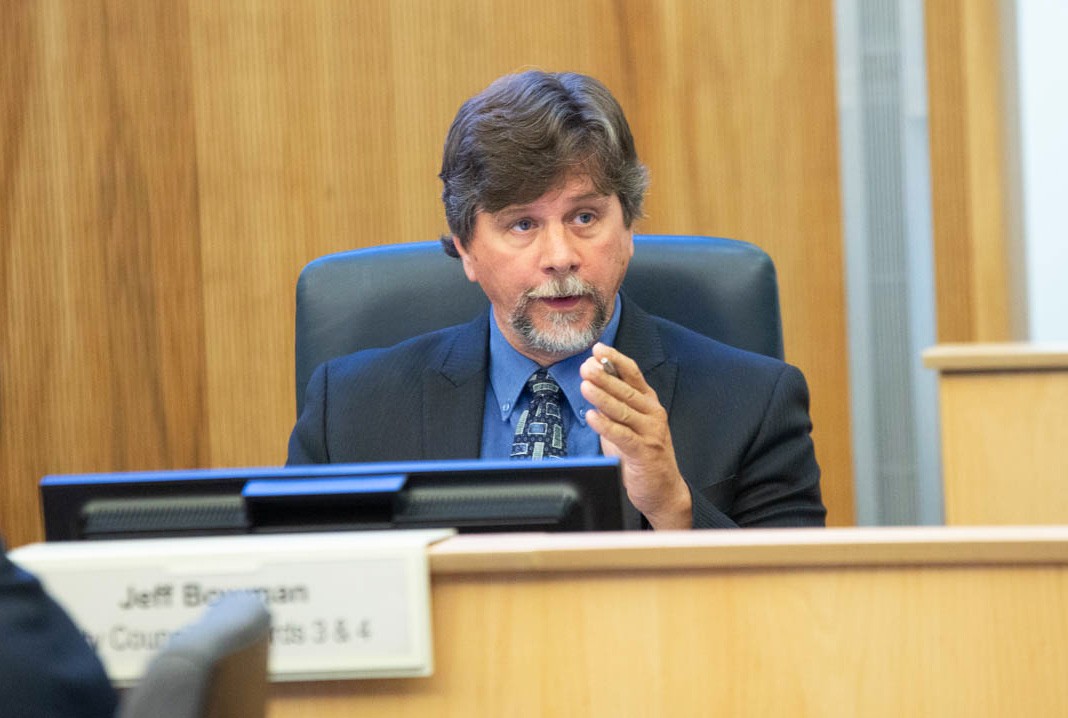
Brampton City Council votes 'to do nothing' on motion to change Ward boundaries
At one of the last city council committee meetings before September, Brampton councillors took the opportunity to discuss changes to Ward boundaries Monday in hopes of providing more effective representation to all constituents.
A motion screeched to a halt as councillors voted to shelve the issue until the 2026 election.
The report put forward by staff for the council governance and operations committee discussed six different options to create a better system to serve residents. Some options include making the Council smaller or bigger, a decision in Toronto the provincial government took into its own hands two years ago.

Brampton's existing Ward boundaries were up for discussion during a council committee meeting on Monday where councillors voted to delay any changes until at least 2026, despite the continued residential development and population projections over the coming years.
Eventually, councillors voted on option one, to maintain the status quo without changing the current Ward boundaries or composition of council.
It was a problematic non-decision as population increases over the next several years will create even more of a mismatch between certain Wards. According to projections provided to the City, as of 2026, the year council has provisionally decided to deal with the issue, Ward 1 will have 61,080 residents and Ward 5 will have 68,220. In Brampton’s system of having two councillors share two electoral areas, these two wards are currently represented by Regional Councillors Rowena Santos (who was elected as a rookie City Councillor in 2018 but won a council vote to move up to the region as well) and Paul Vicente, who was also first elected in 2018.
By contrast, Ward 9 will have 84,110 residents by 2026 and Ward 10 will have 106,890. They are currently represented by Regional Councillor Gurpreet Dhillon and City Councillor Harkirat Singh.
Wards 7 and 8 are projected to have the lowest population by 2026, with 59,910 residents and 65,420, respectively. By 2026, Ward 6 will have almost two and a half times the number of residents compared to the smallest municipal district, Ward 3; 129,780 constituents compared to 56,560.

Population forecasts for Wards in the City of Brampton.
Jeff Bowman, City Councillor for Wards 3 & 4, believes the decision by council Monday was not in the best interest of constituents. Bowman thinks that council needs to obtain better information and to look into planning for ward changes for future elections, now.
“Right now we are making a decision based on not having the correct information – not having any information – but we just decide to do nothing,” he said.
He believes each councillor should represent one ward rather than two. If something needs to be dealt with in the downtown area, not only does Bowman have to reach out to his counterpart, Martin Medeiros, but also Wards 1 & 5 Councillors Santos and Vicente.

Councillor Jeff Bowman (Wards 3 & 4)
Having to juggle that many different decision makers for one issue, is like having “too many cooks in the kitchen”.
“It just seems to be a lot of overlap,” Bowman said.
The main reason cited by members who chose to essentially ignore the boundary and composition issue involved the many projects happening in the city throughout the next decade.
Councillor Pat Fortini was against the motion to change the boundaries before the 2022 election because of specific developments such as Heritage Heights, Riverwalk and Shoppers World, that could drastically change the population numbers once completed.
Wards 3 & 4 Councillor Medeiros said that there are “too many moving pieces,” and that it would be “counter-reciprocal” to move forward with plans now.
Population in Brampton is also very hard to pin down at any given moment because of the large number of illegal basement dwellings in the city. With estimates of at least 50,000 such units in the city, with more than a dozen people living in some, it’s hard to accurately project population in certain areas of the city.
Bowman calls these residents the “invisible population”.
Councillor Charmaine Williams called for a regional review so that Brampton could be better represented at the Regional level, something she has mentioned since she was elected in 2018. That idea didn’t get far as Fortini said “Mississauga would walk away again” and because the neighbour to the south has half the votes at Peel Region, it’s difficult for Brampton to challenge the larger city for more power at the regional table. The problem has been Caledon’s representation, with five regional councillors to Brampton’s seven, even though the town only has about 13 percent of Brampton’s population. And with the city’s population continuing to explode it’s likely going to have more residents than Mississauga in the coming decades, but still only has 7 regional seats compared to 12 for its neighbour.
Other options turned down Monday included different approaches to creating new wards or changing existing wards. Option two was to change the current ward pairings between councillors to match larger ones with smaller ones, instead of having them look after two big ones or two of the least populated ones, which is how the current pairings have turned out.
Option three proposed unpairing the wards; the idea Bowman supports. If council did go with this option it would mean that each councillor would choose one ward to represent. Selection and representation of regional councillors would have to change.
Option four is to completely wipe the slate clean and reinvent new wards. This would require a lot of discussion and work as most wards are defined by neighbourhoods and obvious boundaries such as major roads.
Option 5 is the path the Ontario Government took for the City of Toronto in 2018, which is to align the ward boundaries with the provincial and federal electoral districts. This would allow council to only have five wards where one City Councillor and one Regional Councillor would represent each ward. The alternative is that each of the 5 wards could be split in two, similar to option three.
A final option was to create six wards and a rather confusing set of combinations for representation by multiple councillors.
In the end, councillors chose to do nothing.
Because ward representation is tied with regional governance and the added salary and benefits regional councillors earn, which amounted to an extra $66,600 in total remuneration for 2019 (which the city councillors do not get), it has been historically controversial in Brampton to make changes to council composition that could impact any individual councillor. Currently, the mayor and six councillors get to sit at the Regional council table, but because only five Regional Councillors are elected by the public, one of the five city councillors is selected by their colleagues to move up and fill the final spot at Peel Region.
This has been a problem in the past, as evidenced when Santos politicked with colleagues she had quickly formed an alliance with right after the 2018 election to win her spot at the higher level of municipal government, even though she was a rookie and other members who had already served four years should have been given the opportunity. Santos has since said she is open to rotating her seat, possibly serving for the first two years and letting someone else serve the last two of the current term, but no action has been taken and it’s unlikely the required legislative changes could be done in time, as we approach the halfway mark of the term.
Meanwhile, more equal and fair representation at the ward level, has now been put off, possibly for six years.
With such a large mismatch between the numbers, residents in the biggest wards might not get the same level of attention and service as those who live in the smaller wards. It means residents in older areas in the central parts of the city might get a higher return on their tax dollars, when it comes to council representation, compared to constituents in the booming outer areas of Brampton.
Email: [email protected]
Twitter: taasha__15
Submit a correction about this story


